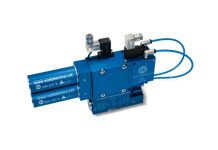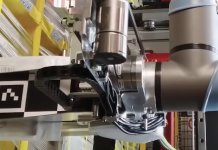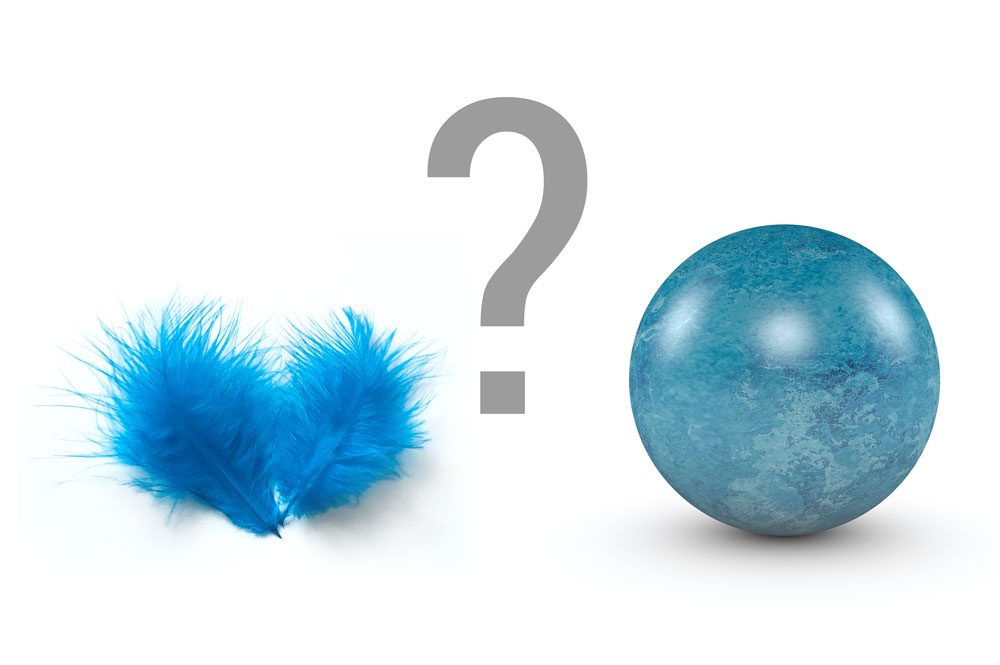In the state of Ohio, USA, there is a giant vacuum chamber that was used to test nuclear propulsion systems in the 1960s and is now used for spacecraft testing.
It is an aluminium chamber with a concrete superstructure that normally contains 30 tonnes of air, but when placed in a vacuum, only 2 grams remain (an almost perfect vacuum).
NASA scientists decided to use this chamber to replicate the Galileo test and visualise the free fall of a light object and a heavy object, to study what, after Newton, we call the force of gravity.
What happens if we place a bowling ball and feathers at a certain height and then drop them? Which one falls first and with what motion? A BBC video filmed in Cleveland shows us.
Intuitively, the bowling ball falls first and vertically while the feathers are subject to greater air resistance and therefore fall more slowly and in a wave-like motion.
Everything changes, however, when the two objects are let go in a completely vacuum chamber: the ball and feathers fall in a perfectly synchronised manner and the feathers hardly move at all.
Newton and Einstein had two different explanations for this phenomenon. The beautiful thing, however, is that thanks to the vacuum we are now able to visualise and not just conceptually conceive the experiment.
What else could we do?
www.vuototecnica.net








































